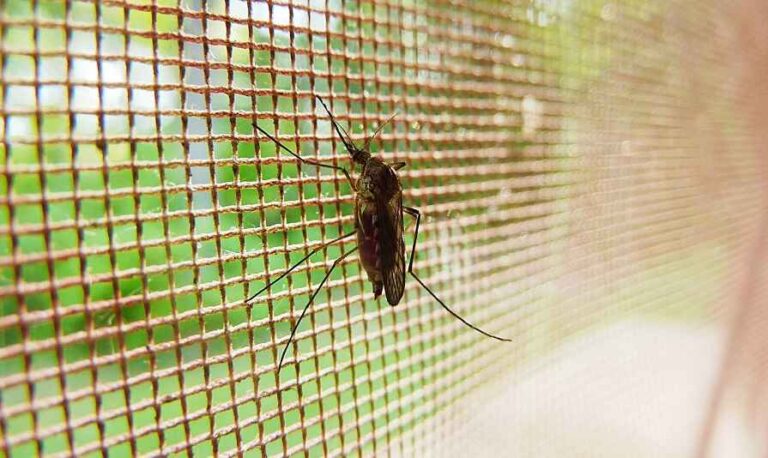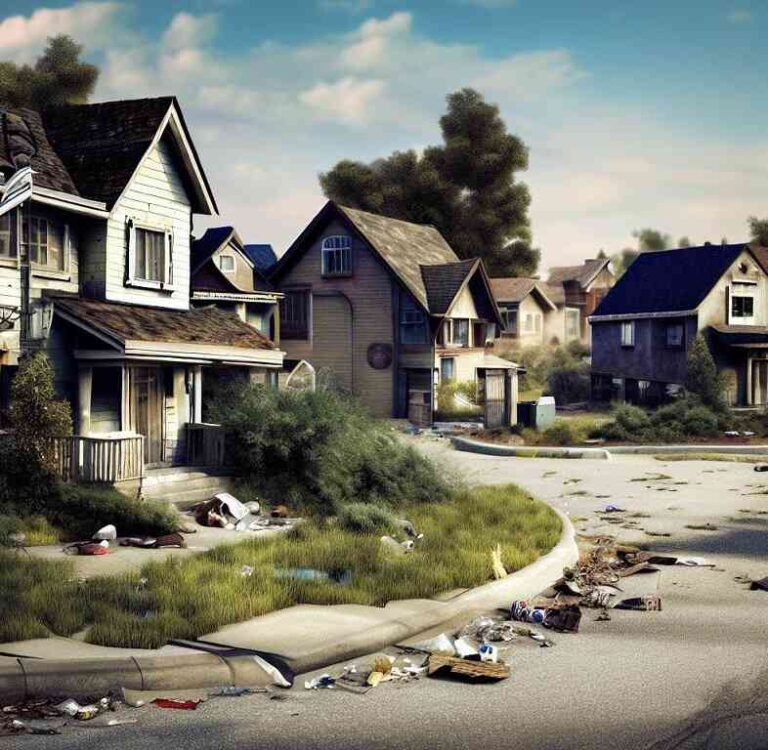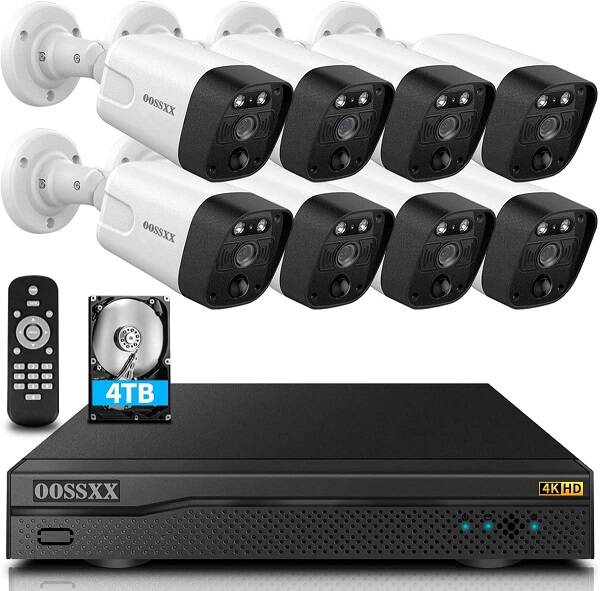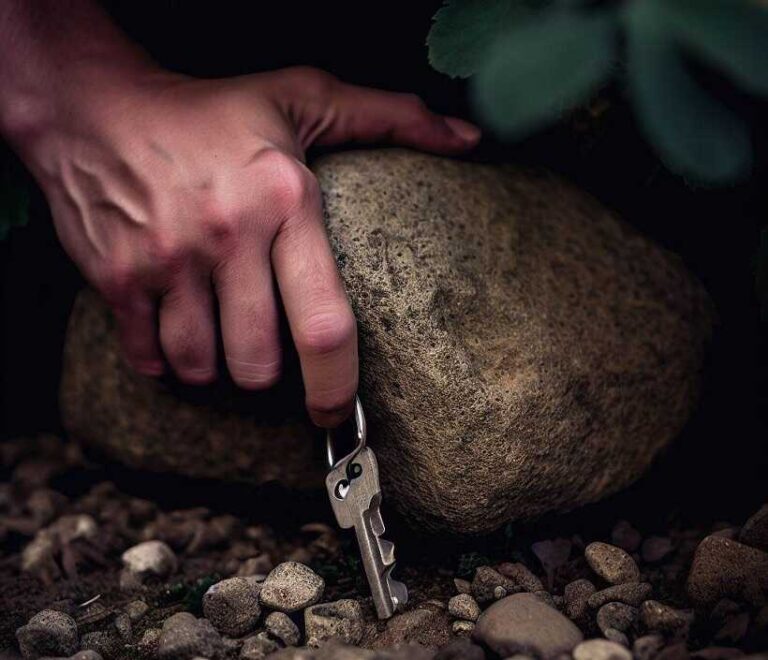How to Kill Black Mold
Black mold, also known as Stachybotrys chartarum, is a type of toxic fungus that can grow in damp and humid environments. It thrives on moisture and can be found in various places such as bathrooms, basements, and areas with water damage.
In this article, we will explore the dangers of black mold, how to identify it, prevent its growth, and effectively remove it from your surroundings.
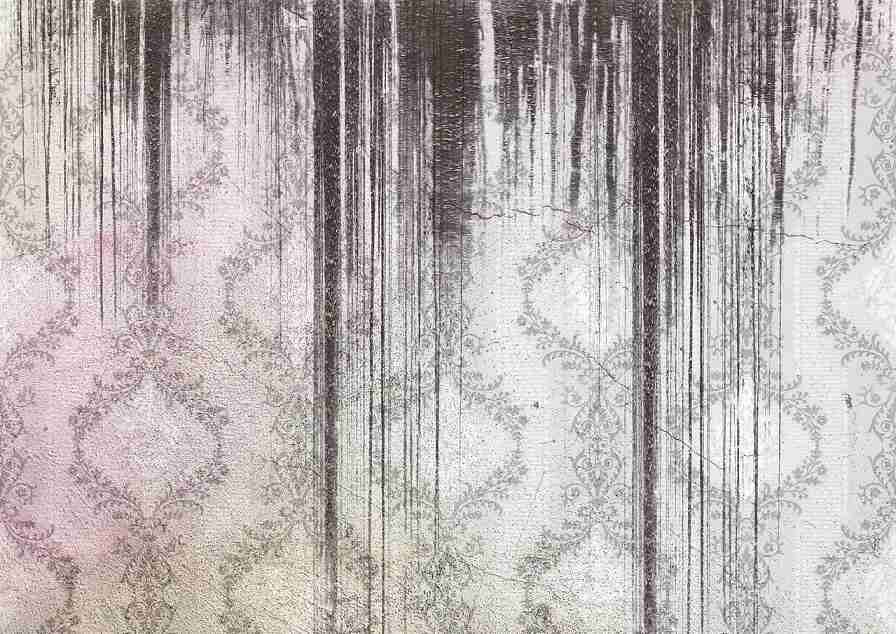
Understanding Black Mold
Black mold is a type of fungus that releases spores into the air. These spores can cause severe health issues when inhaled or come into contact with the skin. Black mold can grow on various surfaces, including drywall, wood, carpet, and insulation. It is characterized by its dark green or black color and a slimy texture.
Health Risks Associated with Black Mold
Exposure to black mold can lead to various health problems. The spores released by black mold can cause allergic reactions, respiratory issues, and even toxic effects. Individuals with pre-existing respiratory conditions or weakened immune systems are particularly susceptible to the harmful effects of black mold. Symptoms of black mold exposure may include coughing, sneezing, wheezing, headaches, and skin irritation.
Identifying Black Mold
To effectively combat black mold, it is essential to be able to identify it. Black mold can have a distinctive musty odor and usually appears as dark green or black patches. It often grows in areas with high moisture levels, such as leaky pipes, damp basements, or bathrooms. If you notice a musty smell or see black patches on surfaces, it is important to take immediate action to prevent further growth and protect your health.
Causes of Black Mold
Understanding the causes of black mold growth can help you prevent its occurrence. High humidity levels, water leaks, condensation, and inadequate ventilation are common factors that contribute to the growth of black mold. Areas with poor air circulation, such as basements and bathrooms, are particularly susceptible. Identifying and addressing these underlying causes is crucial to prevent the recurrence of black mold.
Prevention of Black Mold
Preventing black mold growth starts with controlling moisture levels in your environment. Ensure proper ventilation in areas prone to dampness, such as bathrooms and kitchens. Fix any water leaks promptly, and keep humidity levels below 50% by using dehumidifiers or air conditioners. Regularly inspect and maintain areas that are at risk, such as around plumbing fixtures, windows, and roofs.
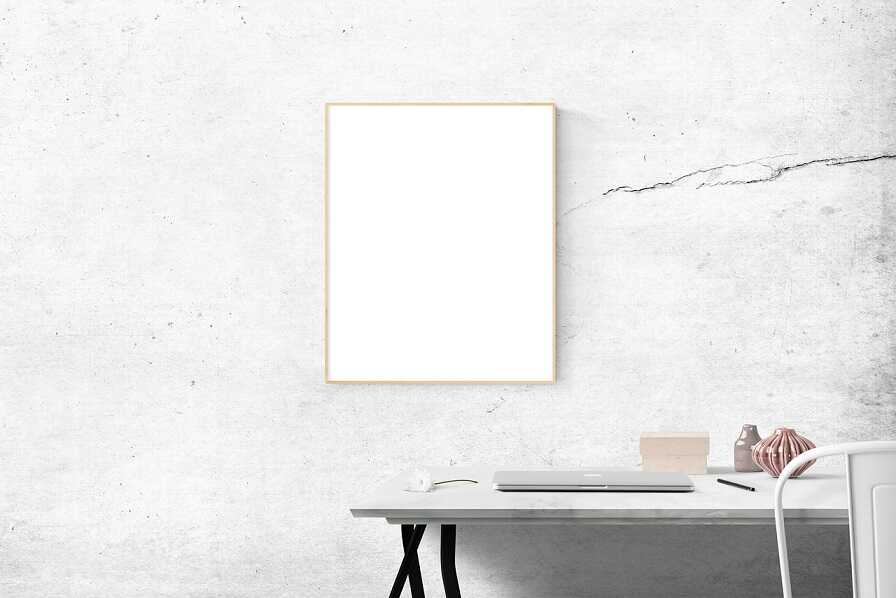
Removing Black Mold
If you discover black mold in your surroundings, it is important to take immediate action to remove it safely. There are both DIY methods and professional mold remediation services available for this purpose.
DIY Methods for Removing Black Mold
For small areas affected by black mold, you can attempt to remove it yourself using a few common household items. Start by wearing protective gear, including gloves, goggles, and a mask. Scrub the affected area with a mixture of water and detergent or a vinegar solution. After scrubbing, thoroughly dry the area to prevent further mold growth. However, it’s important to note that DIY methods may not be sufficient for extensive or persistent black mold infestations.
Professional Mold Remediation
For larger or persistent black mold infestations, it is recommended to seek professional mold remediation services. Certified mold remediation experts have the necessary knowledge, equipment, and experience to safely remove black mold and prevent its recurrence. They follow industry standards and use specialized techniques such as containment, air filtration, and proper disposal of contaminated materials. Professional services ensure thorough and effective mold removal, providing you with peace of mind and a healthier living environment.
Safety Measures when Dealing with Black Mold
When dealing with black mold, it’s crucial to prioritize safety to protect yourself and others. Here are some important safety measures to consider:
- Wear protective gear: Always wear gloves, goggles, and a mask to prevent direct contact with mold spores and inhalation of airborne particles.
- Ensure proper ventilation: Open windows and use fans to improve air circulation during the mold removal process. This helps reduce the concentration of mold spores in the air.
- Use appropriate cleaning solutions: Depending on the surface and severity of the mold growth, choose the appropriate cleaning solution. Common options include detergent, vinegar, hydrogen peroxide, or commercial mold removal products.
- Contain the affected area: To prevent the spread of mold spores, isolate the contaminated area using plastic sheeting or barriers. Seal off vents and doorways with plastic to avoid cross-contamination.
- Proper disposal: Dispose of any materials that cannot be salvaged and are heavily contaminated with black mold. Double-bag them in heavy-duty plastic bags and dispose of them according to local regulations.
Cleaning and Maintenance to Prevent Black Mold
Regular cleaning and maintenance are essential in preventing black mold growth. Follow these tips to keep your environment mold-free:
- Clean up water spills promptly: Whether it’s a leaky pipe or a spill, clean up any water or moisture promptly to prevent mold growth.
- Dry damp areas: Ensure proper ventilation and use dehumidifiers to keep humidity levels low in areas prone to dampness, such as basements, bathrooms, and laundry rooms.
- Clean and disinfect regularly: Regularly clean and disinfect surfaces, especially in high-moisture areas, using appropriate cleaning solutions.
- Inspect for leaks: Regularly inspect your plumbing, roof, and other potential sources of water leaks. Fix any issues immediately to prevent water damage and mold growth.
Protecting Your Health
In addition to preventing black mold growth, it’s important to prioritize your health and well-being. Here are some additional tips:
- Maintain good indoor air quality: Use air purifiers and regularly change air filters to remove airborne particles, including mold spores.
- Practice good hygiene: Wash your hands frequently, especially after handling mold-infested materials. Clean personal belongings regularly to prevent mold growth.
- Monitor your health: Pay attention to any symptoms that could be associated with mold exposure. If you experience persistent respiratory issues or allergic reactions, seek medical advice.
- Consult professionals: If you have concerns about mold or experience extensive mold growth, consult with mold remediation professionals or a healthcare provider for guidance.
Conclusion
Dealing with black mold requires prompt action to protect both your living environment and your health. By understanding the risks, identifying and addressing the causes, and taking preventive measures, you can effectively combat black mold. Whether through DIY methods or professional mold remediation services, it’s important to prioritize safety and thoroughness. Regular cleaning, maintenance, and vigilance will help ensure a mold-free and healthy living space.
FAQs
Can I remove black mold myself?
For small areas of black mold growth, you can attempt to remove it yourself using proper safety measures. However, extensive or persistent infestations should be handled by professional mold remediation services to ensure thorough removal and prevent any potential health risks.
How long does it take to remove black mold?
The time it takes to remove black mold depends on various factors, such as the extent of the infestation and the size of the affected area. While small areas can often be addressed within a few days, larger or more severe cases may require several days or even weeks to complete the remediation process properly.
What are the signs that indicate black mold in my home?
Look out for signs such as a musty odor, visible black or greenish patches on walls or other surfaces, and water stains. If you or your family members experience unexplained respiratory issues or allergy-like symptoms when at home, it could also indicate the presence of black mold.
Can black mold come back after remediation?
While professional mold remediation aims to eliminate black mold entirely, there is always a possibility of its return if the underlying moisture issue is not addressed. It’s essential to identify and fix the source of moisture to prevent future mold growth.
How can I prevent black mold from recurring?
To prevent the recurrence of black mold, ensure proper ventilation and airflow in your home. Repair any water leaks promptly, maintain humidity levels below 50%, and regularly inspect high-risk areas like bathrooms, basements, and crawl spaces. Implementing good cleaning and maintenance practices will help keep your home mold-free.
Is black mold dangerous to my pets?
Yes, black mold can pose health risks to pets as well. They can experience respiratory issues, skin irritation, and allergic reactions when exposed to mold spores. If you suspect black mold in your home and notice symptoms in your pets, consult a veterinarian and take appropriate measures to address the issue.
Disclaimer
Certain content that appears on this site comes from Amazon. As an Amazon Associate we earn from qualifying purchases. Read full Disclaimer Here!

